Introduction
In the vast realm of culinary delights, dried scallops, commonly known as “yao zhu” in Chinese, occupy a prestigious position. These treasures of the sea, meticulously harvested and sun-dried to preserve their rich flavor and nutritional value, are a staple in many Asian cuisines, particularly in Cantonese and other Chinese cooking traditions. Dried scallops add an unparalleled depth of umami to dishes, enhancing broths, soups, stir-fries, and even rice dishes with their savory essence. However, mastering the art of cooking dried scallops requires an understanding of their unique cooking requirements, particularly the duration needed to achieve the perfect texture and flavor. This article delves into the intricacies of cooking dried scallops, exploring the various factors that influence cooking time and offering practical tips for achieving optimal results.
The Basics of Dried Scallops
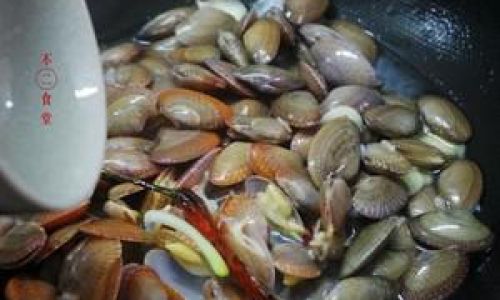
Dried scallops are derived from the adductor muscle of large sea scallops, primarily the Patinopecten yessoensis species. This muscle is prized for its firm texture and intense flavor, which becomes concentrated and intensified through the drying process. The drying method, typically natural sun-drying, preserves the scallops’ natural oils and proteins while concentrating their flavors. The result is a small, golden-brown product that, despite its compact size, packs a powerful punch of umami.
When purchasing dried scallops, quality is paramount. Look for products that are well-dried, with a firm texture and a natural golden hue. Avoid scallops that are overly dark, moist, or have an unpleasant odor, as these may indicate improper handling or storage.
Factors Influencing Cooking Time
Several variables affect the cooking time of dried scallops, including their size, age, and the cooking method employed. Here’s a closer look at each factor:
-
Size and Thickness: Larger, thicker scallops require more time to cook through compared to smaller, thinner ones. The thickness of the scallop determines how long it takes for heat to penetrate and cook the interior evenly.
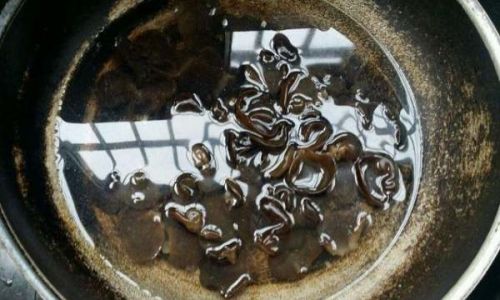
-
Age and Storage Conditions: Dried scallops that have been stored for longer periods or under less-than-ideal conditions may become harder and more resistant to cooking. Age can also affect the scallops’ moisture content, influencing how quickly they absorb heat and cook.
-
Cooking Method: The chosen cooking method significantly impacts the cooking time. Boiling, steaming, and simmering in liquid allow for more gradual and even heat distribution, whereas methods like stir-frying or grilling expose the scallops to direct, intense heat, requiring careful monitoring to prevent overcooking.
-
Desired Texture and Flavor: Personal preference for the final texture and flavor of the scallops also plays a role. Some chefs prefer a softer, more tender texture, while others enjoy a firmer, chewier bite. This preference can influence the cooking time and method chosen.
Cooking Techniques and Time Estimates
Now, let’s explore some common cooking techniques for dried scallops and provide approximate cooking times:
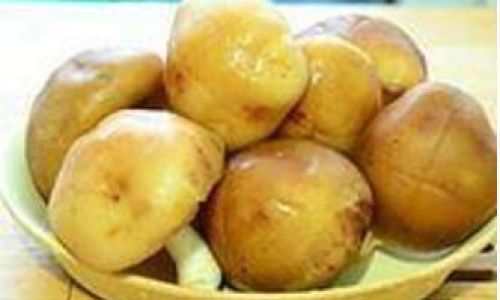
-
Boiling: Boiling dried scallops in water or broth is a straightforward method that allows for even cooking. Generally, small to medium-sized scallops will take around 15-20 minutes to soften and develop a pleasant texture. Larger scallops may require up to 30 minutes or more. It’s important to note that boiling can leach some flavor into the cooking liquid, so consider using that liquid as a base for soups or sauces.
-
Steaming: Steaming dried scallops preserves more of their flavor and nutrients compared to boiling. Place the scallops in a steaming basket over boiling water and steam for about 10-15 minutes for small to medium-sized pieces, and up to 25 minutes for larger ones. Steaming tends to yield a firmer texture with a more concentrated flavor.
-
Simmering: Simmering dried scallops in a liquid such as soup or broth allows them to slowly release their flavors into the dish. Cooking times can vary widely depending on the liquid’s temperature and the scallops’ size, but generally, expect a simmering time of 30 minutes to an hour for optimal flavor extraction and texture.
-
Stir-Frying: Stir-frying dried scallops requires quick, high-heat cooking to maintain their texture and prevent overcooking. Preheat your wok or pan over high heat, add a small amount of oil, and quickly stir-fry the scallops for just 2-3 minutes, or until they turn golden brown and slightly crispy on the outside. This method is best suited for smaller, thinly sliced scallops.
-
Soaking: Before cooking, some chefs prefer to soak dried scallops in water or a mild broth for several hours or overnight to soften them. Soaking not only shortens the cooking time but also helps to rehydrate the scallops, making them more tender. After soaking, the scallops can be cooked using any of the above methods, with reduced cooking times.
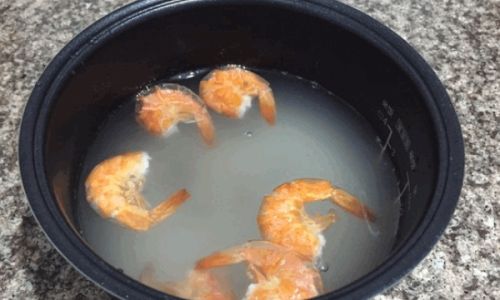
Tips for Perfect Dried Scallops
- Quality Matters: Always start with high-quality dried scallops for the best results.
- Pre-Soaking: Soaking dried scallops before cooking can help to soften them and reduce overall cooking time.
- Patience and Attention: Dried scallops require careful monitoring during cooking to prevent overcooking, which can lead to a rubbery texture.
- Flavor Extraction: When simmering or boiling, consider using the cooking liquid as a base for soups or sauces to capture the scallops’ rich flavors.
- Storage: Store dried scallops in a cool, dry place to maintain their quality and flavor.
Conclusion
Cooking dried scallops is an art that balances precision, patience, and an understanding of the ingredient’s unique properties. By considering factors such as size, age, and cooking method, and employing appropriate techniques, chefs can achieve perfectly cooked scallops that enhance the flavor and texture of any dish. Whether boiled, steamed, simmered, or stir-fried, dried scallops offer a versatile and delicious addition to the culinary repertoire, adding a touch of elegance and sophistication to even the simplest of meals. As with any culinary endeavor, experimentation and a love for the process are key to unlocking the full potential of these seafood treasures.
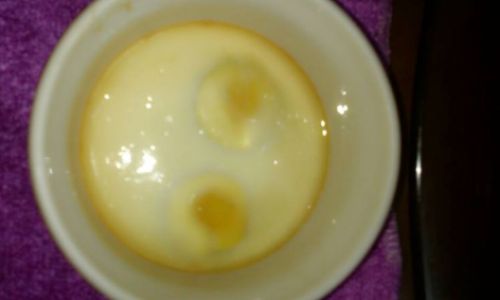
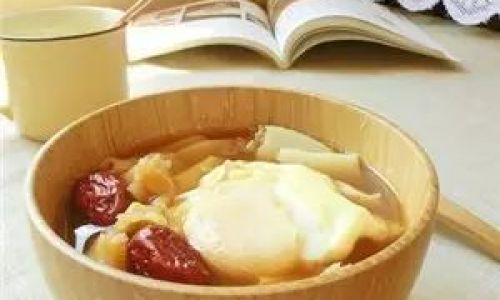
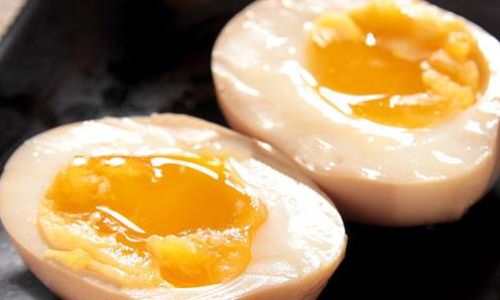
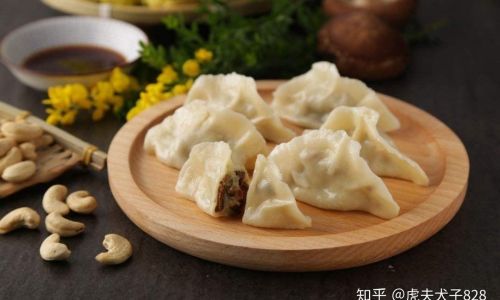
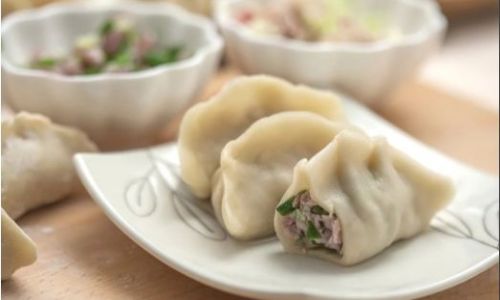
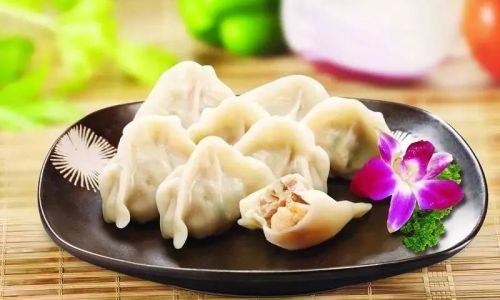
0 comments